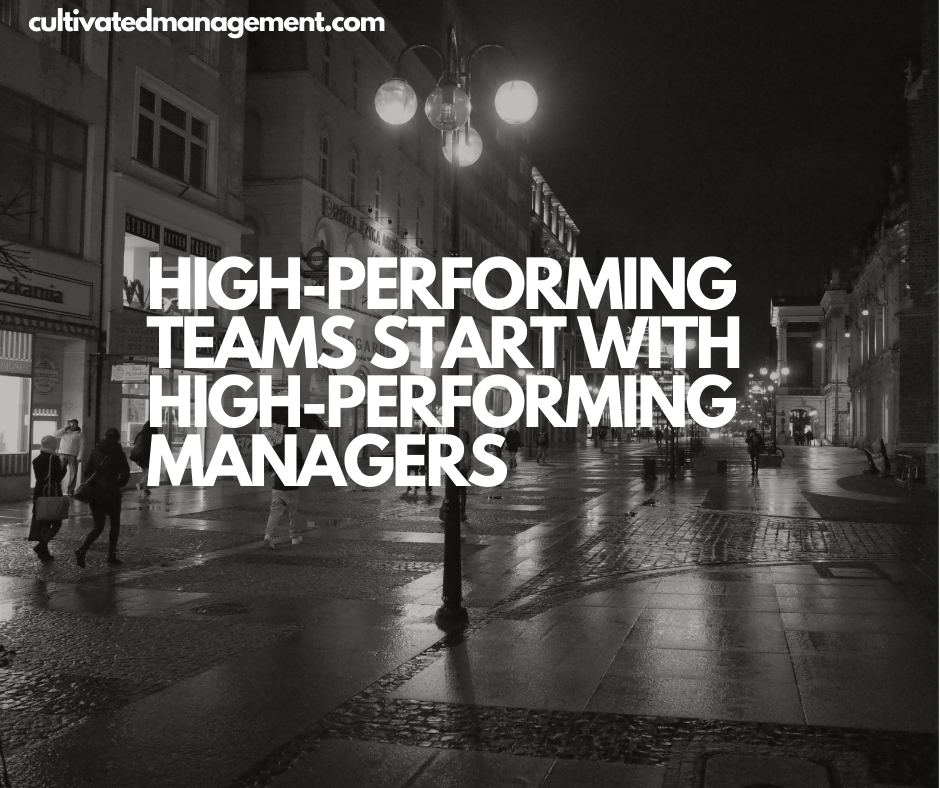
I often get asked: how do you build a high-performing team?
The truth? Most managers and leaders don’t align the stars. People aren’t working to their strengths. Cooperation is patchy. Career growth feels haphazard. And all this while trying to deliver business results.
Here’s the thing:
High-performing teams are made of high-performing people.
High-performing people have high-performing managers.
Step 1: Become a High-Performing Manager
If you want a high-performing team, start with yourself.
Being a better manager means being a better person.
Work on yourself first. Grow. Learn. Show others what good management looks like through action. Don’t ask people to behave in ways you aren’t prepared to.
It’s not just work skills. It’s balance. Health, wealth, learning, impact, family, effectiveness. I call these the Pillars of Life. If your pillars are misaligned, your long-term performance at work will suffer.
👉 Check out this article on the Pillars of Life and why there's always a tension.
Step 2: Be Visibly Passionate (VP)
VP doesn’t mean Vice President. It means Visibly Passionate.
Believe in the mission. Champion the vision. Live the values. Paint a bright, concrete, achievable future. Shine a light on it—even when times are tough.
Passion is contagious. People want to work with those who radiate it.
👉 This is one of my ten behaviours of effective employees - it's so important for leaders especially. Leaders must have followers - but why would someone follow you if you're not visibly passionate about something?
Step 3: Identify the Obstacles
A bright future isn’t a given.
What’s stopping the team from getting there?
Which challenges must be solved?
How does the organisation—and the people in it—need to grow?
Use evidence. Data. Observation. Not rumours or opinions.
Turn obstacles into strategy. Give clarity. Align action. Make problems compelling enough that talented people want to solve them.
👉 This is Step 2 of the Releasing Agility Model – a communication lens to help you see how to get smoother and faster – and retain your good people!
Step 4: Develop Your People
People should feel like the job is developing them. That’s a manager’s job.
Set clear expectations. Behaviour is culture. Culture is habits. Habits are daily actions.
If you tolerate poor behaviour, the culture spirals downward. You get what you tolerate, not what you expect.
Hire right. Model the behaviours you want. Give feedback. Offer coaching. Map career growth to strengths, interests, and business goals. Raise collective consciousness.
No command-and-control needed. Just empathy, clarity, and a genuine desire to help people succeed.
Step 5: Build Systems for Productivity
Systems, habits, flow.
I call it Releasing Business Agility.
Agility is the ability to move fast, with ease, toward a goal. Managers free up momentum, remove friction, and help people move toward the end goal.
As you release agility, more problems appear. More growth is required. But overcome them, and the cycle repeats. More value. Less friction. Constant improvement.
This is what high-performing teams do — they get better, all the time. And yes, it adds to the bottom line too.
Step 6: Employee Engagement Happens Automatically
When you get all the pieces right: alignment, growth, clarity, passion, systems — you’ll see harmony. People and organisation moving together. Improving every day.
And guess what? Engagement isn’t something you chase — it’s a by-product of getting the foundations right. It's a free side-effect.
High-performing teams aren’t magic.
They’re the result of managers who lead themselves, develop others, clear obstacles, and release agility.
